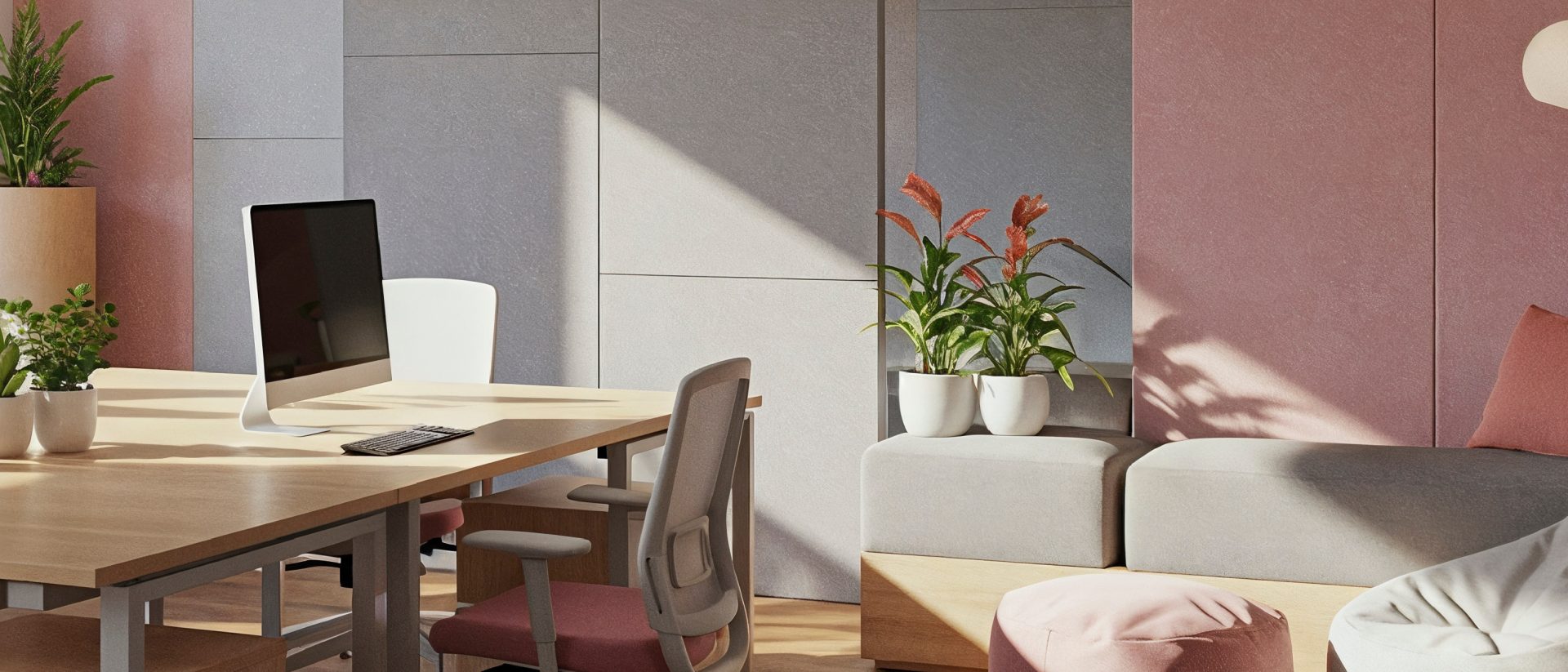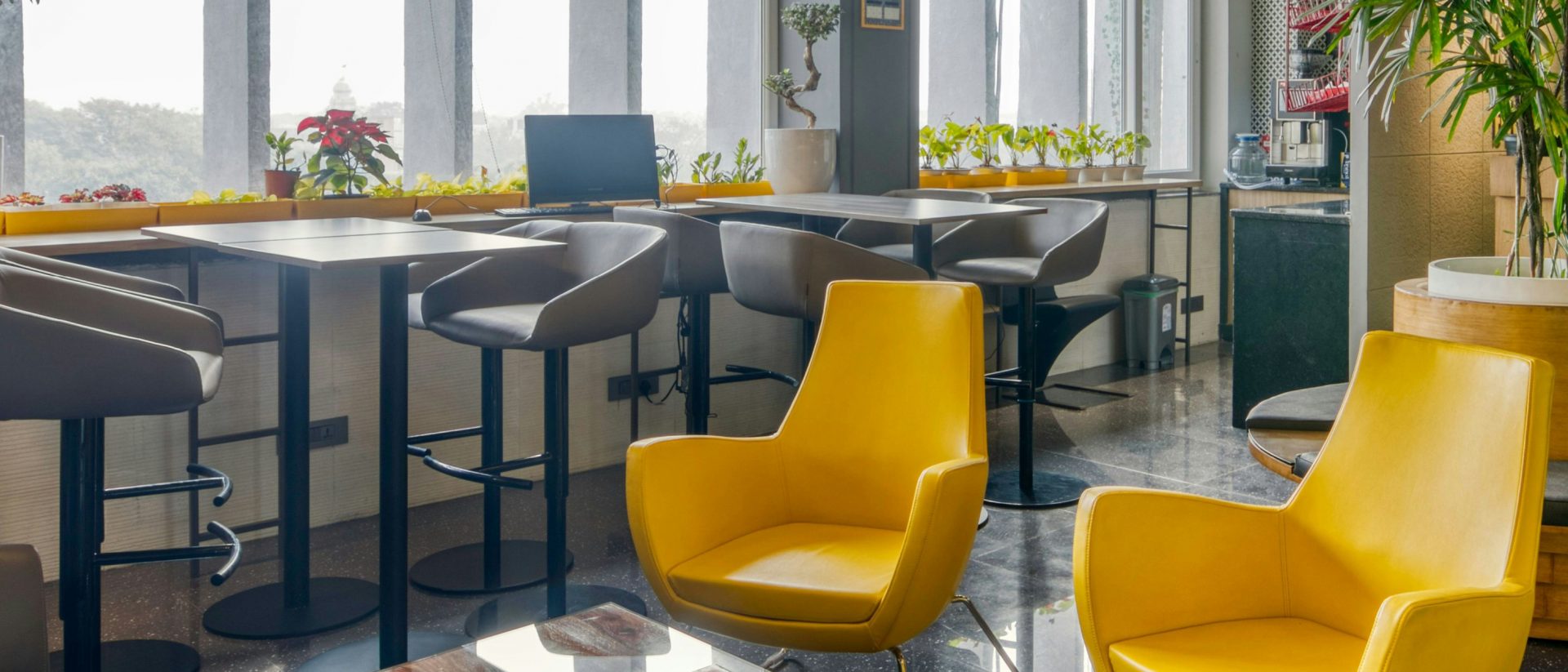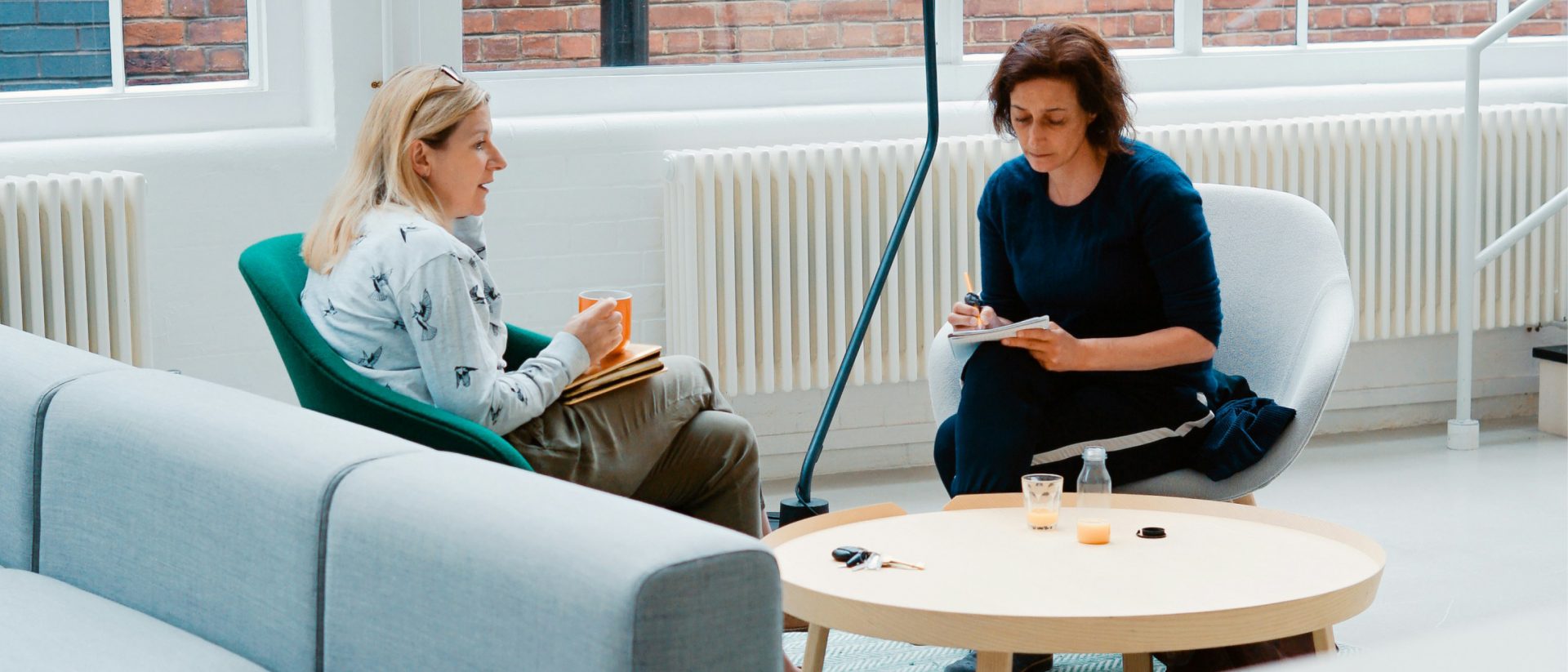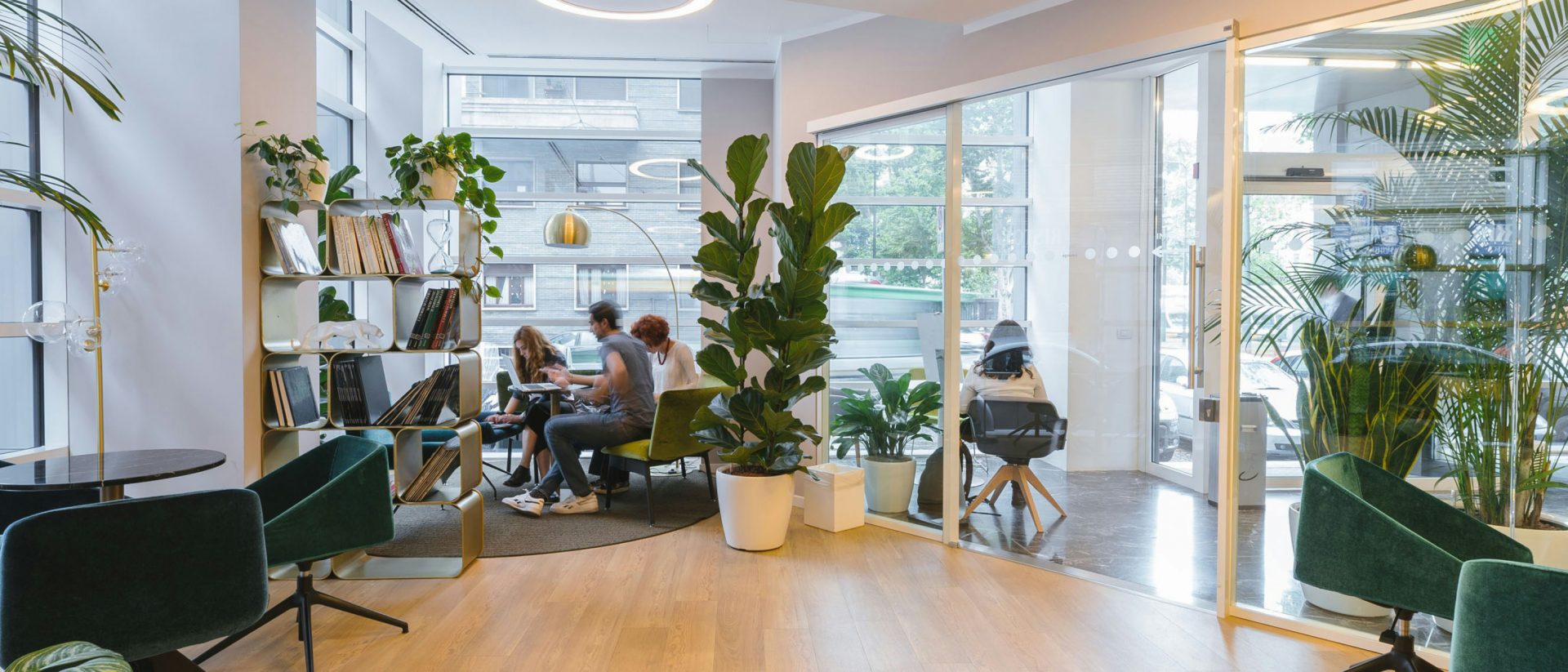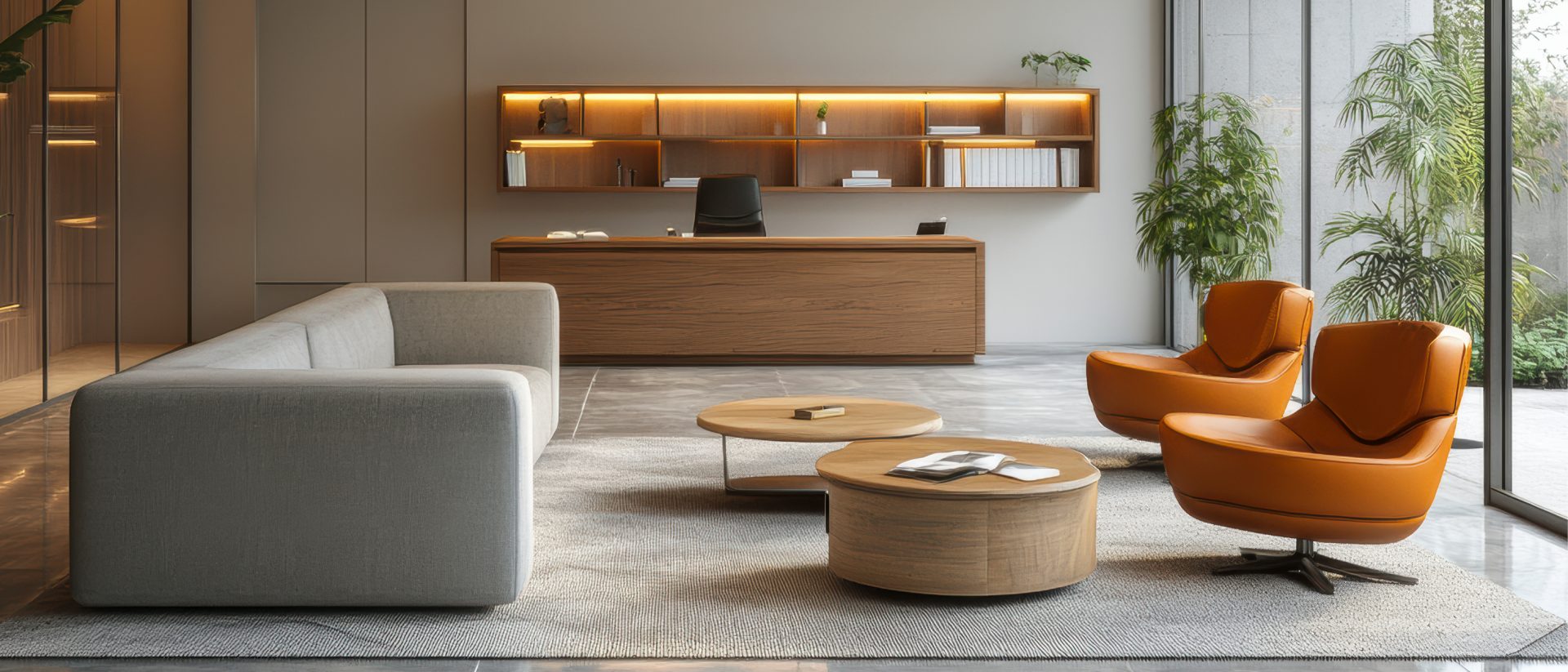Embracing Circular Economy in Office Furniture: What Does It Mean for Workspaces?
written by OLG
Today, sustainability has become a key focus for businesses looking to minimise their environmental impact. One of the most effective ways to do this is through the adoption of a Circular Economy model. At its core, the Circular Economy aims to minimise waste, keep products and materials in use for as long as possible, but what does this mean for workspaces, particularly in the context of office furniture?
The Challenge: Office Furniture Waste
Each year, approximately 35,000 tonnes of commercial office furniture is sent to landfill. This staggering amount represents a significant environmental impact, considering that office furniture is typically made from non-renewable resources, and often features components that are not recyclable or biodegradable. With many businesses replacing office furniture to keep up with design trends or expansion, the cycle of purchasing, discarding, and repurchasing creates a huge waste problem.
The Circular Economy Model in Office Furniture
Adopting Circular Economy principles offers a solution to this growing issue. Instead of traditional models, where products are made, used, and discarded, Circular Economy encourages a closed-loop system. This involves designing products that can be reused, repaired, refurbished, or repurposed, rather than simply thrown away.
What does this look like in practice?
1. Designing for Connecting Longevity
Office furniture designed with the principles of Circular Economy in mind enables durability, adaptability, and repairability. Rather than designing products that are meant to be replaced after a few years, creating pieces that last longer and can be easily upgraded or maintained is a key step. This also includes using materials that are recyclable or sourced sustainably, reducing the overall environmental impact from production to end of life.
2. Collaboration Across Industry
Circular Economy in office furniture isn’t just about individual action it’s a collaborative effort. Designers, manufacturers, and businesses must work together to create a sustainable system. Designers play a crucial role in ensuring that office furniture is easy to disassemble, refurbish, or upcycle. Manufacturers need to source sustainable materials, build with flexibility, and design products with easy recycling or reusing in mind. Businesses, in turn, need to consider sustainability when selecting and managing their office furniture.
3. Closing the Loop: Reuse and Upcycling
Studies suggest that closing the loop is all about collaboration between businesses and manufacturers to ensure that office furniture is given a second life. Rather than discarding old furniture, businesses can repurpose or upcycle their existing assets. This can include reupholstering chairs, refinishing desks, or swapping out outdated components to refresh the furniture’s aesthetic and function.
Designers, manufacturers, and businesses must work together to create a sustainable system.
Programs where businesses can return or trade in their used furniture for refurbished models, keeps materials circulating within the system. This process reduces the need for raw materials, cuts down on waste, and supports a circular, sustainable business ecosystem.
The Future of Office Furniture: A Circular Transformation
As businesses increasingly prioritise sustainability, the demand for Circular Economy principles in office furniture will continue to grow. The adoption of circular practices not only aligns with environmental goals but also helps companies reduce long-term costs associated with buying new furniture and managing waste. By reimagining the life cycle of furniture and embracing design for durability, fostering collaboration, and focusing on reuse and upcycling, businesses can play a key role in driving the shift toward a circular future and create more sustainable, functional workspaces for the future.
The Circular Economy understanding and inclusion in office furniture is more than just a trend, it’s a transformative approach to how we think about products, waste, and sustainability.
Click to download a printable PDF.
